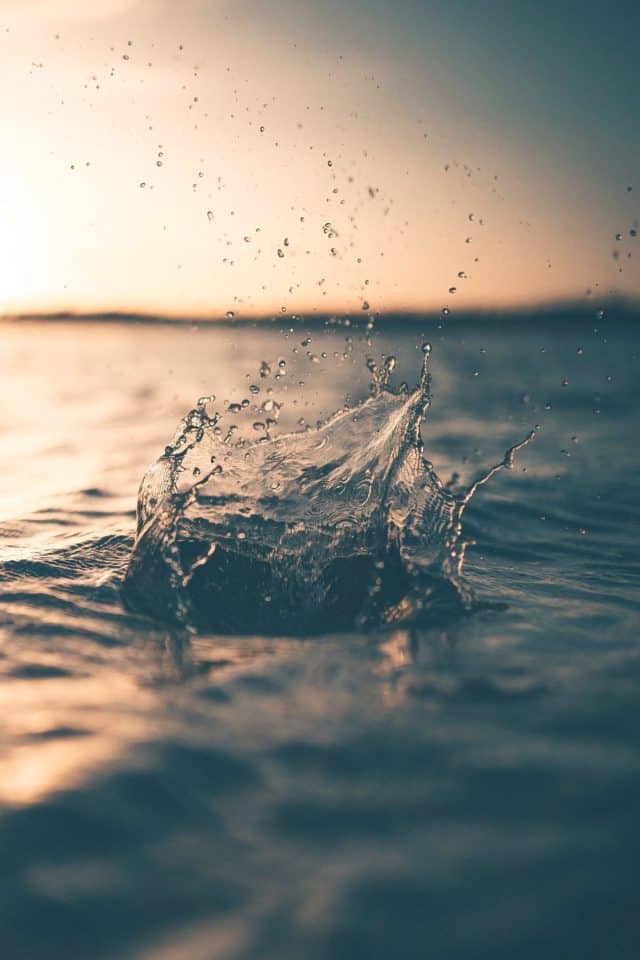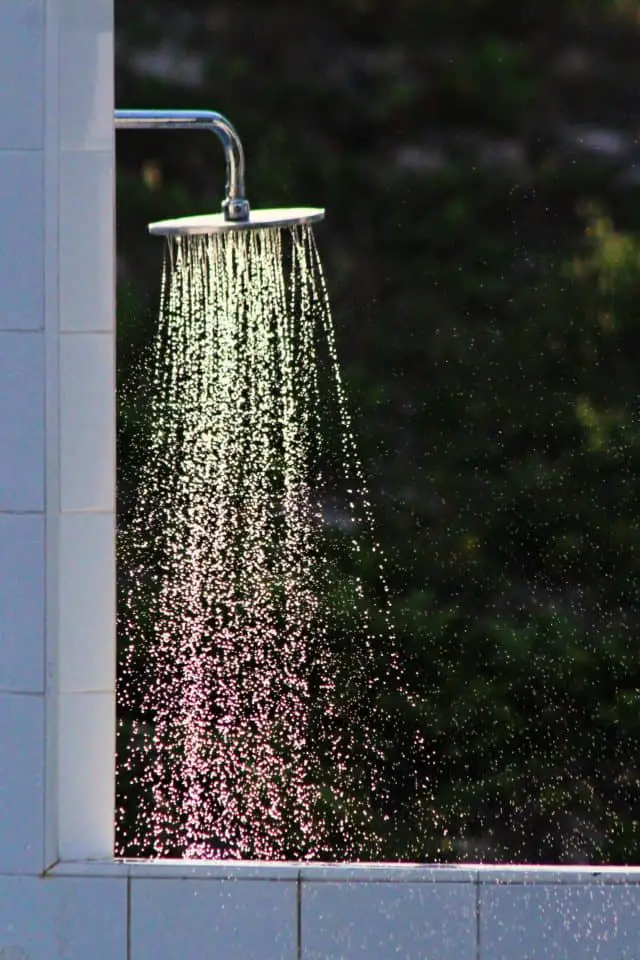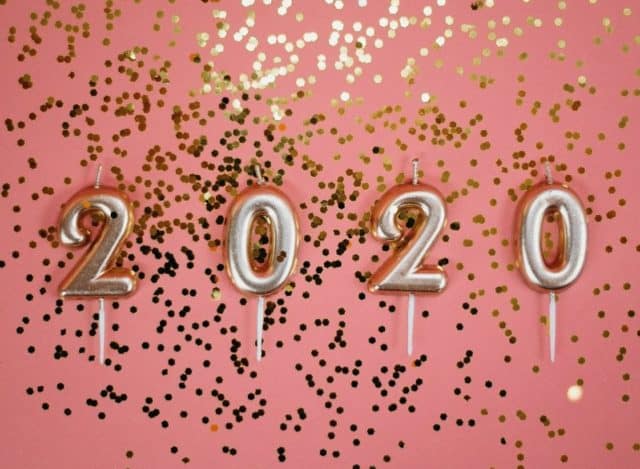
When I started on my FIRE (Financial Independence Retire Early) path, I quickly realised that I needed to reduce my bills, particularly my recurring bills.
Utility bills are recurring bills. Electricity, water and gas.
But to get quick results, I tackled the low hanging fruit first – my takeaway coffee consumption, netflix subscription (that I do not use), getting weekly takeaway meals, food wastage and so on.
In Nov 2018, I installed solar panels. It turned out to be a big project in which I used my emergency funds to pay for it upfront and waited months for the state government to reimburse me half the amount. But it was worth it – I reduced my electricity bill by 80% in 2019.
It is now time to tackle my water and gas bills in 2020. I will focus on my water bill in this post.
The trap of automating bill payment
A word of caution first. I did away with paper bills a few years ago. It was just easier especially when I travelled. Bills appear in my email and I pay via my credit card. These days, I pay all three of my utilities via direct debit ie money is automatically deducted from my credit card or everyday account on the due date.
It is very efficient and I never pay a late fee anymore. But the trap is that it is so automatic that I no longer review them as closely as I ought. I glance at it quickly as I check my email at work and most times, the amount doesn’t register. That is, until I note it when I track my spending. By then, I am too lazy to look up the electronic copy of my bill.
My water bills arrive 4 times a year, charging me for water usage in the preceding 3 months. Last year, in order to smooth out a big peak in expenses every 3 months, I opted to make monthly payments of $90 (as agreed with the water retailer based on my 2018 bills) via direct debit.
So now, I had even less incentive to scrutinise my bills. As long as I had $90 in my bank account on the 18th the month, I was set.
I still have this option set because it works better for my budget. But I will be more vigilant in 2020.
Breakdown of my water bill
First, I need to understand what I am really paying for. I was in store for a surprise. You would think that the majority of my bill would be for my water usage. You would be wrong.
There are three parts to my water bill.
Part 1 – Usage charges
There are 2 usage charges – water usage and sewage disposal
a) Water usage
This is the amount charged for water that I used in the previous 3 months. The cost today is $2.662 per kilolitre (kL) for the first 440 litres (L) per day, increasing to $4.7277 per kLfor usage exceeding 880L per day.
For example, my latest bill was from Oct 25 to Jan 31, a period of 98 days. I used a total of 25kL in this period which meant I used 255L per day. As this falls under 440L per day, I am charged $2.662 per kL.
Therefore my water usage charge for this bill is 25kL x $2.662 = $66.55
b) Sewage disposal
This is for removing wastewater ie water going down drains, sinks, toilets and treating it safely. The amount is calculated as a percentage of water usage minus a percentage that they estimate is used outside the home.
So for this bill, 19.342kL out of 25kL is charged for sewage disposal at a rate of $1.1426 = $22.10
Part 2 – Service charges
Again, there are 2 components – charges for the water supply system and another for the sewerage system
a) Water supply system
This is a fixed charge, an annual fee determined every financial year and divided into quarterly amounts on each bill. It is basically charged to maintain water pipes and other infrastructure that treat, store and deliver water to my property. For 2019/2020 – this fee is $78.11
b) Sewerage system
Another fixed charge – and as the name suggests, it is a fee to maintain sewer pipes to my property and run treatment plants. For 2019/20, the annual fee is $458.26 and is divided into quarterly amounts on each bill.
Part 3 – Other authority charges
My water retailer collects money on behalf of Melbourne Water and Parks Victoria.
a) Waterways and drainage charge
This is a separate charge to the water supply system charge in Part 2 and collected on behalf of Melbourne Water. It is used to maintain and improve the health of our rivers and creeks, drainage and flood protection. Once again it is an annual fee divided into quarterly charges. For 2019/2020, the annual fee is $102.08
b) Parks charge
This annual fee is collected on behalf of Parks Victoria and totally unrelated to water and sewerage services or usage. It is used to maintain parks, zoos, the Royal Botanic Gardens and the Shrine of Remembrance in Victoria. The minimum annual charge for 2019/2020 is $79.02 and is normally payable in the July/August bill.
What can I do to reduce my water bill?
From the breakdown above, only Part 1 of my water bill ie water and sewage usage can be directly influenced by my actions.
Annual charges for Part 2 & 3 of the bill total $717.47 which are all fixed charges that I can’t do anything about. All home owners have to pay this, including landlords. In most cases, if you are renting, you only need to pay for your water usage and sewage disposal.
So how much water do I use?
In 2018, my water usage was 79kL which meant an average of 216L per day – at a total cost of $1033.51
In 2019 I used 101kL, an average of 276L per day. Not good! My water usage increased but the total cost decreased to $986.48, mainly due to a decrease in sewage disposal rate in 2019.
How does my water usage compare to other households?
Umm … not good!
Target 155, a water efficiency program to encourage Melbournians to limit water consumption to 155 litres per person per day, has been in operation for years. In 2018/19, average consumption was 162 litres per person per day. My average of 276 litres per day is way off the mark.
Why should I bother reducing my water usage?
All you personal finance nerds reading this will conclude by now that even if I achieved the target of using 155 litres per day, the money saved is minuscule.
A quick calculation tells me I can save $155 or thereabouts. In a year.
However, not everything in life is about money.
I remember living through the Millennium Drought which was from 1997 to 2009. Newspapers published how full each of the city’s dams or reservoirs were every day, much like they do with the day’s forecast temperature. We had water restrictions, in varying stages of severity. Water usage, how full the dams were, whether any rain was forecast featured in every day conversations.
But slowly over the last few years, I have largely forgotten about those days and reverted to bad habits and my water usage as a result has crept up.
We never know when another drought may occur in Melbourne – there are certainly droughts in other areas of the country at the moment, most notably in New South Wales.
Water is a valuable resource – without it, we die. Simple as that. We can live without food for a while; we can’t live without water.
One of my goals for 2020 is to live more sustainably. So I will do my best not to waste water. And limiting my consumption to 155 litres per day will be a good start in the right direction.
Ways I can reduce water use

(a) Bathroom
I focus first in the bathroom as 30% to 40% of water used in a home is used in the bathroom, and most of that is wasted.
It turns out my shower head uses 24 litres per minute (measure how long it takes to fill a 1 litre measuring jug). Efficient shower heads only use 9 litres per minute. It was a no brainer – I spent $35 on a new shower head. I was surprised I adjusted quite quickly and did not miss the old shower head.
Some local councils have programs where you can swap your old inefficient shower head with an efficient one for free. Unfortunately my local council no longer runs such a program.
Next, I set a 4 minute timer every time I showered. It has taken me a good 4 weeks to a) remember to set a timer and b) finish showering by the time the alarm sounds. During the drought, we were all encouraged to have 4 minute showers and indeed it is still the recommended time frame.
This is very hard for me as I love relaxing in the shower, with the water cascading down and where I do my best ‘thinking’. Ideas come to me while I shower. I have been known to take 30 min showers until the hot water has run out. My average is probably about 15 minutes. I now acknowledge that it is a monumental waste of water. So I will need to do my thinking elsewhere.
I already turn off the tap when I brush my teeth but will need to use a cup when rinsing my mouth.
The toilet … I have a dual flush toilet but I have no idea how efficient it is. Some people don’t flush every time but I am not quite there yet …
Back to the shower – the next project is putting a bucket in the shower to collect water while waiting for it to heat up. I then use the water to flush the toilet.
b) Kitchen
The dishwasher does a full load every time. I have no idea what star rating my dishwasher is but will purchase as high a rating as I can afford when I need to replace this one. I also do not rinse before hand but will scrape off any food bits. Hand washing plates and cutlery do occur occasionally – will need to use the plug and fill the sink instead of freely rinsing off the detergent.
Water used for washing vegetables is recycled – I throw that water at my pot plants outdoors.
c) Laundry
Once again, I am not sure what star rating my washing machine has. But I will make sure when I have to replace it, that I buy one with the highest rating that I can afford. My appliances are very old!
I do full loads whenever I can. My washing machine automatically senses the level of water needed for each wash. I now wash with cold water only (saves electricity too!)
d) Outdoors
I have a mix of native and non native plants in my garden plus my wicking vegetable garden beds. I have a drip irrigation system with a timer. Permanent water saving rules are in place in Victoria – watering systems can only be turned on between 6pm and 10am. I confess I am a lazy gardener and only turn on the drip system when it hasn’t rained for a while.
My wicking beds don’t require a lot of water – the reservoir is refilled every 7 to 10 days during winter or twice a week during summer. Plus I use mulch to keep the water from evaporating.
The soil condition in my other garden beds is very poor. I have started composting as my worm farm struggles to consume all my veggie food scraps. I need to improve the quality of my soil so water is better retained.
e) Rainwater tank
This is in the research phase. I am investigating whether it makes any sense to install a rain water tank to store rain water (when it rains) and then use that water in my garden. It would cost more if I were to connect it to the toilet or laundry. Plus I have a complicated roof line so it may not be that simple a project.
Final thoughts
The above is not meant to be an exhaustive list, just something I can work towards or have implemented. Please feel free to add how you save water in the comments below.
I can’t wait for my next water bill, due in April. Reducing water use may not have much impact on my water bill. That is because water usage costs is a small part of my water bill – the other parts are fixed charges I have no control over. But it will have an impact on the environment. And that makes it worth doing.
How do you save water? How can I do better?


